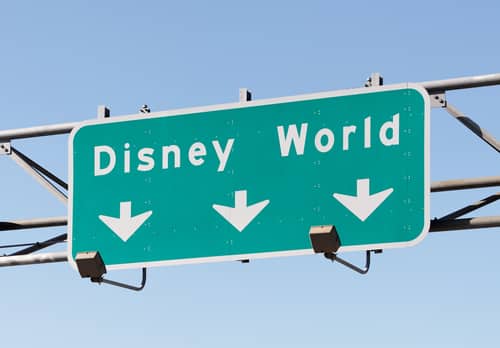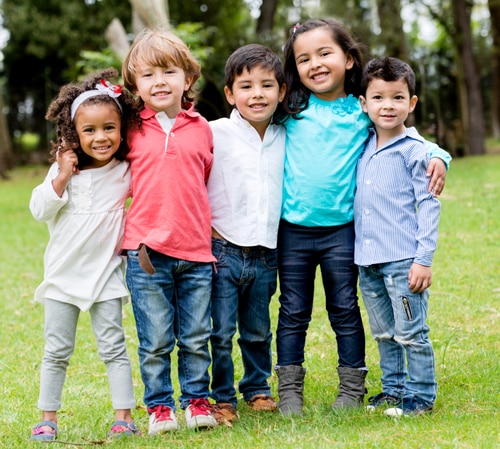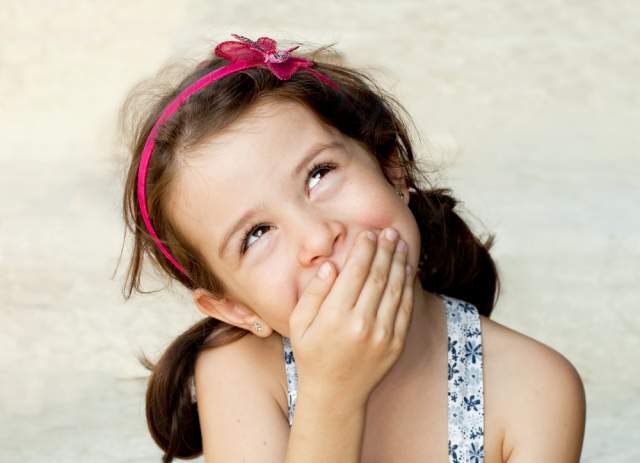School Shootings Are A Danger, Not A Tragedy


Since my son was born three and a half years ago, and my daughter two years after that, I have developed a complicated but effective matrix for identifying dangers, and for allowing my fear to lead me toward reasonable defenses. Car seats and helmets, baby gates and life jackets: these are my reasonable responses to the dangers in the world that might harm my children. My fear is healthy, and I don’t allow it to overpower me or my children. All of this is evolution at work, I am sure.
At the same time there are fears I dismiss, fears like shadows, lurking always in my periphery. Leukemia. A texting teenager behind the wheel of a car. If I allowed these thoughts to enter my mind I would be paralyzed by my inability to protect my children. There is nothing I can do to prevent these tragedies, and so I force myself not to think about them; they are not the same as the dangers I fear, and which I guard against as a result.
School shootings, we are told, are tragedies that befall our children. In the wake of the shooting in Newtown, Connecticut in December of 2012, President Obama said, ”We have endured too many of these tragedies in the past few years.” Most recently, a shooting on June 10 at Reynolds High School in Troutdale, Oregon left one victim and the shooter dead. Troutdale Police Chief Scott Anderson expressed his condolences for ”everyone who will be affected by this tragic incident.”
Since 1996 there have been 129 incidents of a gun being fired on school grounds (either a shooting, or a suicide, for example). Of those, 85 have occurred in K-12 schools, 46””more than half””in just the past three and a half years. We know this, already though. We hear the numbers every time there’s another shooting: how many so far this year, how many since Newtown, since Columbine. Counting these events doesn’t seem to change anything.
What about counting the victims? News outlets are quick to report how many students in each instance are killed, how many wounded. But what about the rest of the students? Those who attend schools where shootings have taken place are victims as well; until we are willing to talk about the ways in which they are traumatized, until they are remembered by the media and by our lawmakers as victims, we won’t be able to help them. Since 1996, nearly 87,000 students have attended a K-12 school* where a shooting has taken place. If we go back, though, just as far as 2010, it’s 49,779 students. That’s 1,200 students per month.**
The fact that these shootings occur at such a frequency in America and not in other developed nations where children go to school tells me that they are a danger, not a tragedy. The refrain that I can’t get out of my head, the one that reminds me that if my son were shot in his school I would have no right to be surprised, tells me the same. Tragedies are unforeseeable, and while there may have been a time in this country when school shootings fell into such a category, that time has passed.
These shootings are a danger, though, that I have no idea how to guard against. Home schooling is an option, I suppose. But my responses to danger are supposed to feel reasonable, and keeping my children out of school doesn’t feel reasonable. It feels instead like forbidding them from riding in cars if what I feared was getting in an accident. Bullet proof blankets are another idea. They are currently being marketed by an Oklahoma company, made, according to the company’s website, with the same bullet-resistant technology used by soldiers in battle. War zones are very dangerous, and now so are our schools. While the blankets might be useful additions to safety plans in place at schools, relying on them to address the danger without making any adjustments to our gun laws or our systems for treating mental health seems a bit like constructing bigger and better car seats while at the same time allowing people to drive without a license, or doing nothing to criminalize drunk driving.
We are told, over and over again we are told, that these shootings are tragedies, that there’s nothing to be done to prevent them. This rhetoric does nothing for my overwhelming fear, and in fact such language makes it seem as though these acts of violence against our children are something I””and every other parent in America””must simply endure. School shootings are certainly tragedies for the parents and other families affected by them, but for our nation they are something else.
As parents we are inundated with information about car seats, sleeping arrangements, childproofing, water safety, bike helmets, food allergies, and more. I’ve absorbed these seemingly endless lessons, as everyone I know has. I understand the dangers, and learn how to reasonably protect against them. But I don’t stand a chance against tragedy. None of us do.
What else is there? There are no simple solutions to this problem””this danger””but unless we want to continue to feign surprise when our children are shot behind their desks, changing the rhetoric is at least a place to start. Guns, and the people who would wield them in our schools, are a danger, not a tragedy.
*I did not include the numbers of students attending colleges or universities where shooting incidents occurred.
**All of the statistics of the number of students affected were derived from my own research, first listing school shootings that occurred between 1996 and today, and then researching the population at each school. All attempts were made to determine the population of each school as close to the time of the shooting as possible. The list of school shootings were developed from the following two sources:
Timeline of Worldwide Shootings
School shootings in American since Sandy Hook
(Image:






